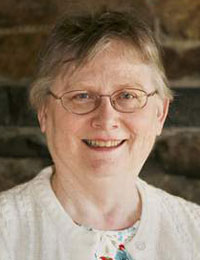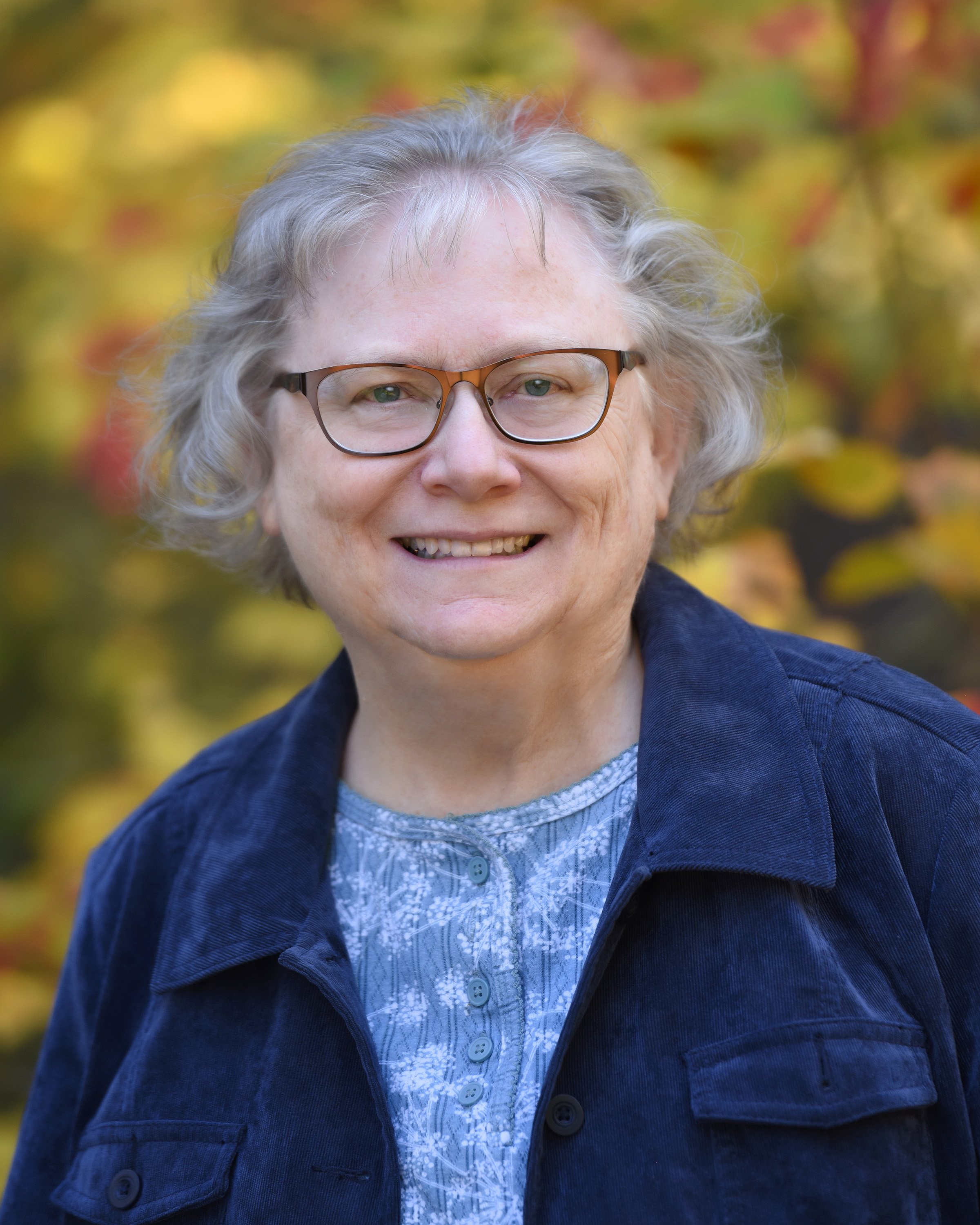 In the last post I talked about Massachusetts court records in general. Now let’s look closer at some examples from Middlesex County.
In the last post I talked about Massachusetts court records in general. Now let’s look closer at some examples from Middlesex County.
For the earliest records, the easiest entry point is the abstracts made by Thomas Wyman in the mid-nineteenth-century that are available as a database on AmericanAncestors, under the Category “Court, Land and Probate Records,” and database “Middlesex County, MA: Abstracts of Court Records, 1643-1674.” Wyman abstracted all the names that appear in the records and basic information about the cases, but otherwise no details. An example (members may need to log in) can be found here.
At the top of this page is a notation “Seventh File.” The date of the individual document appears on the left, and you will find under “#2” a record dated “1656.1.23” (i.e., 23 March 1656[/57]) concerning “John Slater an apprentice who has been wronged by being sold to one and another.”
No “minutes” were kept of court proceedings, but the original documents – written testimony, verdicts, fines, correspondence, wills, deeds, etc. – were saved in “packets” arranged by court session. If we look at the FamilySearch catalog for Middlesex Court Files we see: “Court papers - Folios 1-26 1648-1661,” which certainly looks like it might contain Wyman’s Seventh File, but once we look at Folio 7 we find it does not coordinate at all. It would seem the packets have been rearranged and renumbered between when Wyman saw them circa 1850 and when they were microfilmed in the twentieth century.
It would seem the packets have been rearranged and renumbered between when Wyman saw them circa 1850 and when they were microfilmed in the twentieth century.
So we now go, instead, to: “Card index to court papers, S-Wi 1636-1785,”[1] and using the “Browse multiple images” selection, just hunt and peck our way through the images (there are 5705 in this file), which are arranged, more or less, alphabetically, until we find “John Slater.” A fun game to play to “narrow down the image we want” is to start by typing in random number, say image 1000 – nope, this brings us to Smith. Next a lower number, perhaps 900 – nope, too far back, we are now among the Simpsons. Continuing the game of back and forth, we will eventually find the index card for John Slater on image 944.(IMPORTANT: Always note the image number of every item you locate, otherwise you will be hunting and pecking all over again to locate it a second time.)
The index card gives John Slater’s name and describes the case as “To have wrongs righted.” In the upper right corner are the numbers “1656-19-4.” 1656 designates the year the document was made, but the “19-4” is not a date, it refers to Folio 19, Group 4.
Returning to the main catalog page, we scroll down again to: “Court papers - Folios 1-26 1648-1661,” but this time we are looking for Folio 19. Each Folio begins with an inventory of the documents in the folio. Hunting and pecking again, we find the inventory for Folio 19 on image #473. This image is very light, but by enlarging it on screen, we can just barely find under “Group IV” the entry “q: John Slater wrongs righted in court.”
It would, of course, be nice if the documents had been microfilmed in the same order they appear on the Inventories. More hunting and pecking – this time made even more difficult by the “scrapbook” arrangement of the original documents which were pasted on large pages, arranged any which way the most could be squeezed in per page, left, right, or upside down. On the good side index cards describing the case to which the document belongs are pasted close to the document. On the bad side, the writing on these index cards is often the least legible on the page.
I finally found the entry for John Slater on image #499: at the top of the right side of the page is a very light image of Gov. Richard Bellingham’s summons to the constable of Concord to bring John Slater, apprentice, to the next court for the purpose of righting his alleged wrongs. There is no index entry for any succeeding court proceedings, nor a verdict to tell us the outcome of this action, which is not unusual. The case may never have gotten to court.
Now, what if you cannot read the documents at all, either because of the faintness of the image or the difficulty of the handwriting? In the next post, we will look at the “copy book” versions of the documents, and of the nineteenth-century copy books of the copy books, to see where we might find more legible images.
Note
[1] With the caveat that many of the index cards, and some documents, were lost or even stolen before the collections were microfilmed.
Share this:

About Alicia Crane Williams
Alicia Crane Williams, FASG, Lead Genealogist of Early Families of New England Study Project, has compiled and edited numerous important genealogical publications including The Mayflower Descendant and the Alden Family “Silver Book” Five Generations project of the Mayflower Society. Most recently, she is the author of the 2017 edition of The Babson Genealogy, 1606-2017, Descendants of Thomas and Isabel Babson who first arrived in Salem, Massachusetts, in 1637. Alicia has served as Historian of the Massachusetts Society of Mayflower Descendants, Assistant Historian General at the General Society of Mayflower Descendants, and as Genealogist of the Alden Kindred of America. She earned a bachelor’s degree from the University of Connecticut and a master’s degree in History from Northeastern University.View all posts by Alicia Crane Williams →